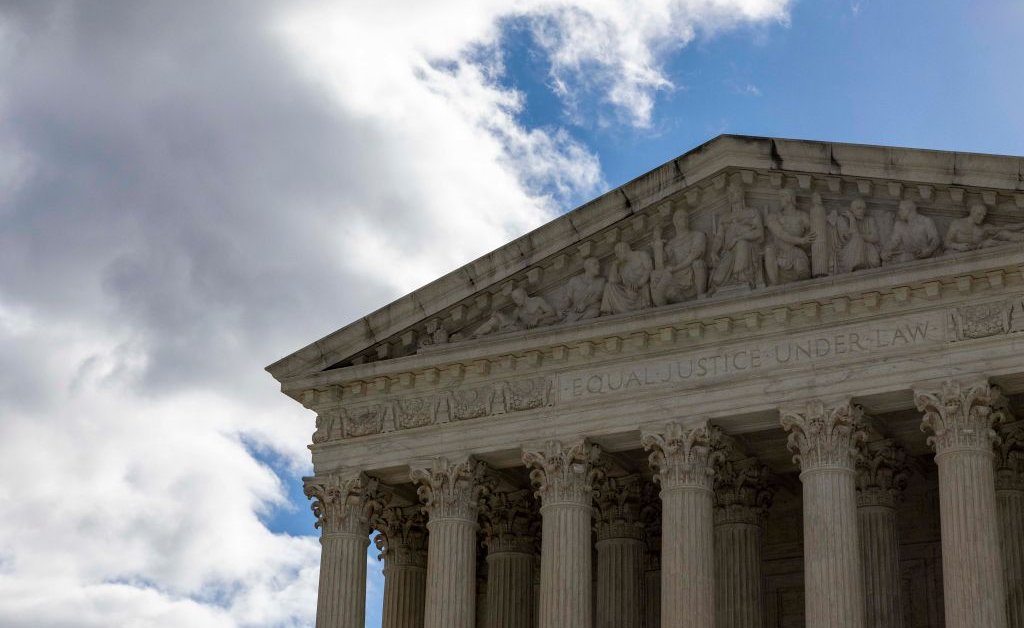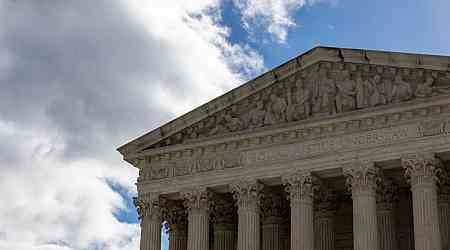
In 2021, I served on President Joe Biden’s Supreme Court Commission and submitted a report to the administration discussing potential reforms. Now that President Biden has endorsed some of those proposals, it is time for a more public conversation about what should be done and how.
[time-brightcove not-tgx=”true”]Two points are crucial: First, term limits are the path to a fairer Court, a necessary structural fix for a broken appointment process. Second, they can be accomplished by statute, rather than constitutional amendment.
Let’s start with the first point. Currently, the President appoints a new Justice whenever a vacancy appears. That depends on whether a Justice dies unexpectedly, or whether a sitting Justice feels inclined to let the president appoint a successor. We have this system because of the Constitution, but the Constitution was written by people who did not anticipate the party system. In a world without political parties, it does not matter very much how many appointments each president gets. Different presidents might have different views about who the best judges are, but there is no ideological struggle.
The vision of the Framers was limited in this regard: Soon after the Founding, the party system emerged, and the parties began to fight for control of the Supreme Court. When the Federalists lost the election of 1800, a lame-duck Federalist Congress reduced the size of the Court to prevent Thomas Jefferson from making appointments. Jefferson’s Democratic Republicans promptly restored the size and later increased it. A Democratic Congress added two more seats during the presidency of Andrew Jackson, increasing the pro-slavery tilt of the Supreme Court and contributing to the infamous Dred Scott decision. A Republican Congress added another when Abraham Lincoln became president, hoping to nudge the Court in the other direction.
For a brief period during the 20th century, partisan tensions decreased. The legal elite from whose ranks Supreme Court Justices were drawn had a relatively homogenous worldview, and so Republican appointees like Earl Warren and William Brennan ended up more liberal than Democratic appointees like Byron White. The Court that voted 7-2 in favor of abortion rights in Roe v. Wade had six Republican appointees, and one of the dissenters was a Democrat. But by the 1980s, the legal elite was polarized and appointees became more reliable in terms of advancing the constitutional vision of the appointing president. We have now reached a stage at which neither party is likely to appoint a Justice without a very good idea of how that person will vote.
So we have political parties fighting for control of the Court and stocking it, when they can, with reliable votes. That would be fine if their ability to do so had some relationship to the will of the American people. If a party succeeds in advancing a broadly-shared constitutional vision, the Court will look sensible, or even statesmanlike. But if a party controls the Court despite representing a minority of the American people, the Court will look political and extreme.
That is what is happening now. The Republicans have a 6-3 supermajority on the Court, despite losing five of the last eight presidential elections. If each president had an equal influence on the Court—if each president appointed two justices per four-year term, for instance—the Court would be 6-3 in favor of the Democrats. We would have two Justices appointed by Biden, two by Trump, four by Obama, and one by George W. Bush. It is this stark divergence between national elections and control of the Court that makes the current Court seem extreme and political. In fact, we have seen this large a departure from equal presidential impact only once before—the 1857 Supreme Court that decided Dred Scott and tore the nation apart.
Read More: These Are the Supreme Court Reforms Biden Wants
A system of 18-year terms for Justices, where each president gets two appointments per four-year term, is a structural fix for this problem. It would ensure that—eventually—the Court comes back in line with the constitutional vision of the American people. “Eventually” could be a long time, though, and if we want to bring the Court back to where it should be ideologically, the only near-term solution is expansion.
But that is a topic for another time—today, it’s worth asking not how many Justices we should have, but how many we do have. This question turns out to be the key for the second crucial point: term limits can be enacted by statute. They do not need a constitutional amendment.
Many think that a constitutional amendment is necessary, pointing to the language of Article III of the Constitution, which provides that federal judges “shall hold their offices during good behavior.” An 18-year term limit, they say, violates this provision.
And so it would, if a Justice were removed from office after 18 years. But the proposals say that after 18 years, a Justice will leave regular service but continue to perform some judicial duties, as retired Justices often do now. Whether that counts as removal from office brings up the question I raised before: how many Supreme Court Justices do we have? The answer is not nine; it is 12. David Souter, Anthony Kennedy, and Stephen Breyer are all still Supreme Court Justices, even though they are retired. None of them has left their office.
That might seem a surprising claim, but it is clearly established by law, practice, and Supreme Court decisions. The federal statute governing judicial retirement provides two options for judges and Justices: they may retire from the office and cease being judges, or they may “retain the office but retire from regular active service.” If they choose the latter option, they end their period of regular service but they may continue to serve as judges in some cases. (Justice Souter and other retired Justices have, for instance, decided cases on the Courts of Appeals.) They exercise the judicial power of the United States, which they could not do if they did not retain their offices. Their salaries are constitutionally protected for the same reason. The same sentence of Article III that provides that judges shall hold their offices during good behavior says that their salary “shall not be diminished during their continuance in office.” When a lower court judge retired under this section and Congress tried to reduce his salary, the Supreme Court held unanimously that they could not: A retired judge still holds the office as far as Article III is concerned.
Term limits are a necessary fix, and they can be accomplished by statute. Whether additional steps such as expansion are necessary is a different question, and one that deserves its own debate. The issue of expansion will, inevitably, be partisan. The issue of term limits need not be. As recently as 2020, the co-founder of the Federalist Society Steven G. Calabresi called for it as a good government reform. All Americans should be able to agree that this would be a step in the right direction.


























